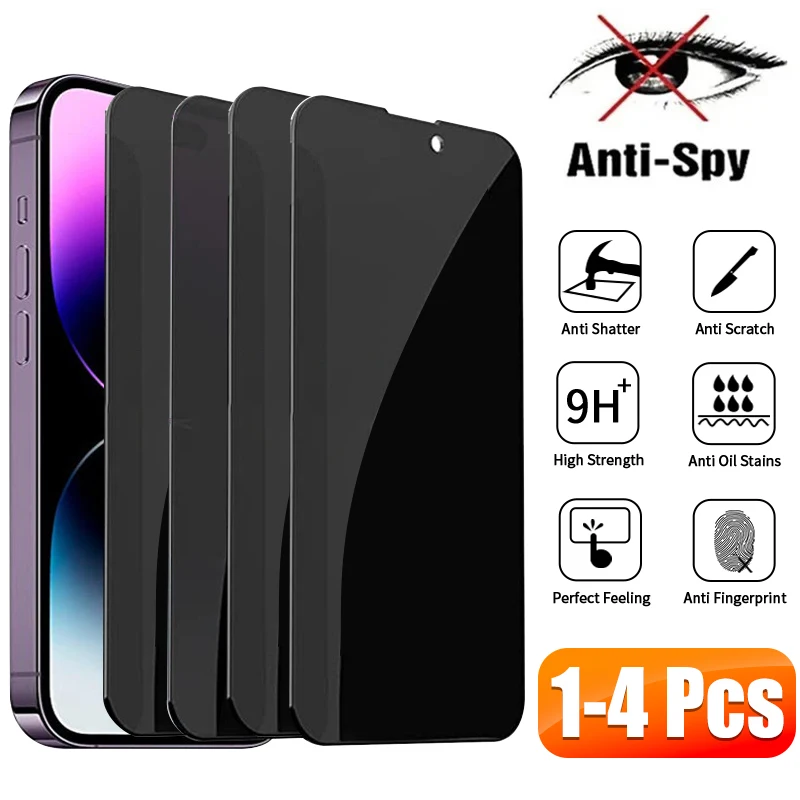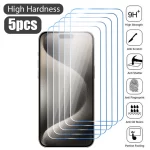In our digital age, screen protectors have become an essential accessory for smartphones, tablets, and other electronic devices. With claims ranging from enhanced durability to scratch resistance, it’s vital to understand what screen protectors can actually do. One common question that arises is: Do screen protectors hide scratches? This article delves into the myths surrounding screen protectors, exploring their actual benefits, limitations, and the science behind them.
Understanding Screen Protectors
What Are Screen Protectors?
Screen protectors are thin layers of material designed to shield the screens of electronic devices from scratches, dust, and minor impacts. They are typically made from materials such as tempered glass, plastic (like PET or TPU), or specialized polymers. Each type offers varying degrees of protection, aesthetics, and tactile feedback, which can influence a user’s choice when purchasing a screen protector.
Types of Screen Protectors
There are several types of screen protectors available on the market. Tempered glass protectors are known for their high durability and scratch resistance, often resembling the feel of the actual screen. Plastic film protectors, on the other hand, are more flexible and typically thinner but may not offer the same level of protection against significant impacts. Understanding the different types of protectors can help consumers choose the right option for their device and lifestyle.
The Myth of Hiding Scratches
Do Screen Protectors Actually Hide Scratches?
The belief that screen protectors can effectively hide existing scratches is a prevalent myth. While applying a screen protector over a scratched surface may visually obscure the scratches to some extent, it does not truly “hide” them in the sense of restoring the screen’s pristine condition. The protector may create a smoother surface, making scratches less noticeable, but the damage remains underneath.
Why People Believe This Myth
The misconception that screen protectors can conceal scratches may stem from marketing language that emphasizes the protective qualities of these products. Many advertisements focus on how well a protector can guard against future scratches, leading consumers to assume it can also mask existing ones. Additionally, the immediate visual improvement after applying a protector can further reinforce this belief, causing users to overlook the reality that underlying damage persists.
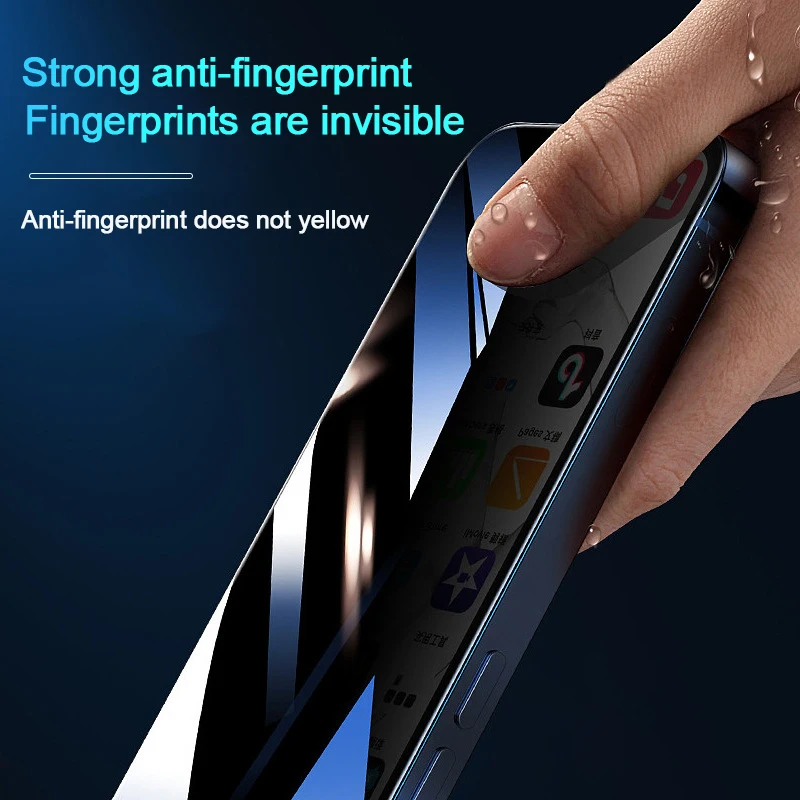
The Role of Scratch Resistance
How Scratch-Resistant Materials Work
Scratch resistance in screen protectors is a crucial feature that contributes to their protective qualities. Materials like tempered glass undergo processes that enhance their hardness and durability, making them less susceptible to scratches. For instance, the Mohs scale of mineral hardness ranks materials based on their resistance to scratching, with tempered glass often rated higher than plastic films. Understanding these materials helps consumers make informed choices about the level of protection they require.
Limitations of Scratch Resistance
While scratch-resistant materials significantly improve durability, they are not invincible. Hard objects like keys, coins, or gravel can still leave marks if sufficient pressure is applied. Moreover, the effectiveness of a screen protector depends on factors such as thickness, installation quality, and the type of material used. Users should be aware that while screen protectors can minimize damage, they cannot eliminate the risk entirely.
Impact on Device Resale Value
How Scratches Affect Resale Value
Scratches on a device’s screen can significantly impact its resale value. Buyers often view a scratched screen as a sign of neglect, which can lead to lower offers or reluctance to purchase altogether. This reality has led many users to consider screen protectors as a way to maintain the aesthetic quality of their devices, keeping them looking new for longer periods.
The Protective Value of Screen Protectors
Using a screen protector not only helps prevent new scratches but also preserves the overall condition of the device. A well-maintained screen can enhance resale value, making it an essential investment for anyone considering selling or trading in their device in the future. While protectors do not hide existing scratches, they play a vital role in maintaining the screen’s appearance, potentially mitigating financial losses down the line.
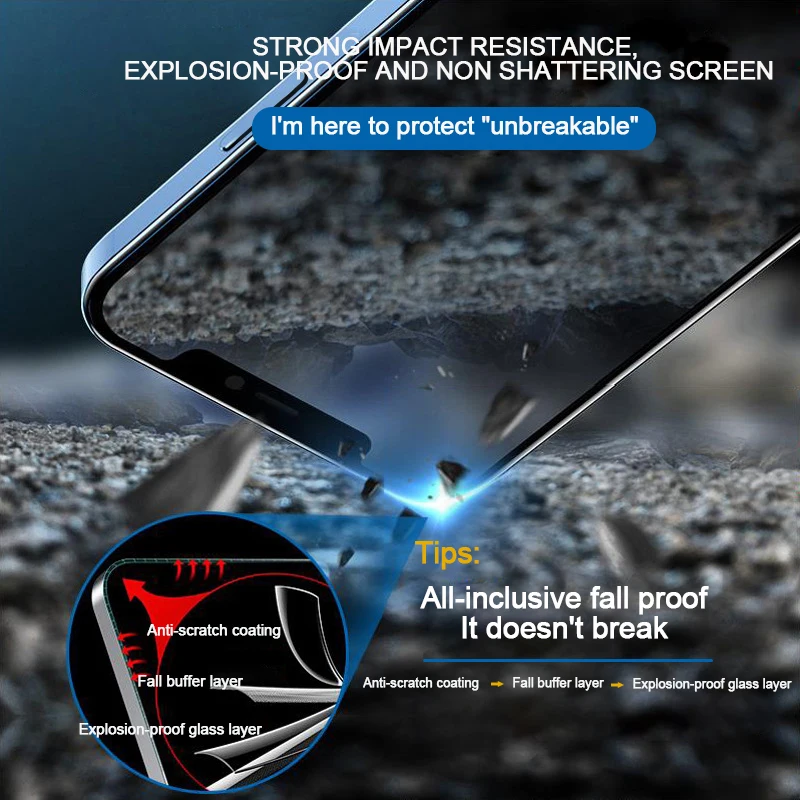
Application and Installation
Proper Installation Techniques
To maximize the effectiveness of a screen protector, proper installation is crucial. Dust and debris can lead to bubbles or improper adhesion, which diminishes the protector’s protective qualities. Most manufacturers provide guidelines on how to install their products, including cleaning the screen thoroughly and using alignment tools to ensure a perfect fit. Following these instructions can enhance the visual appeal and performance of the screen protector.
Common Installation Mistakes
Many users make common mistakes during installation that can compromise the effectiveness of the screen protector. These include skipping the cleaning process, misaligning the protector, or using excessive force during application. Recognizing these pitfalls is essential for anyone looking to ensure their screen protector offers the best protection and aesthetic enhancement possible.
Alternatives to Screen Protectors
Other Protective Solutions
In addition to screen protectors, several other options are available for safeguarding device screens. Cases that provide edge protection can also help mitigate the risk of screen damage from falls or impacts. Some users may prefer to use skins or wraps that cover the entire device, offering a different approach to protection without the need for a screen-specific solution.
Evaluating Effectiveness
When considering alternatives, it’s essential to evaluate their effectiveness. While cases can prevent damage from impacts, they may not provide the same level of scratch resistance as a high-quality screen protector. Additionally, users should weigh the aesthetic impact of different protective solutions, as some options may alter the device’s appearance more than others.
Maintenance of Screen Protectors
Cleaning and Care Tips
Maintaining a screen protector is vital for ensuring its effectiveness and longevity. Regular cleaning with a soft, lint-free cloth can help prevent the buildup of dust and oils that can impair visibility. Users should avoid abrasive materials or harsh chemicals that could scratch the protector’s surface.
When to Replace
Knowing when to replace a screen protector is also essential. Signs that a protector needs replacement include visible scratches, chips, or peeling edges. A damaged protector may no longer provide adequate protection, exposing the underlying screen to potential damage. Users should regularly assess their screen protectors and replace them as needed to maintain optimal protection.
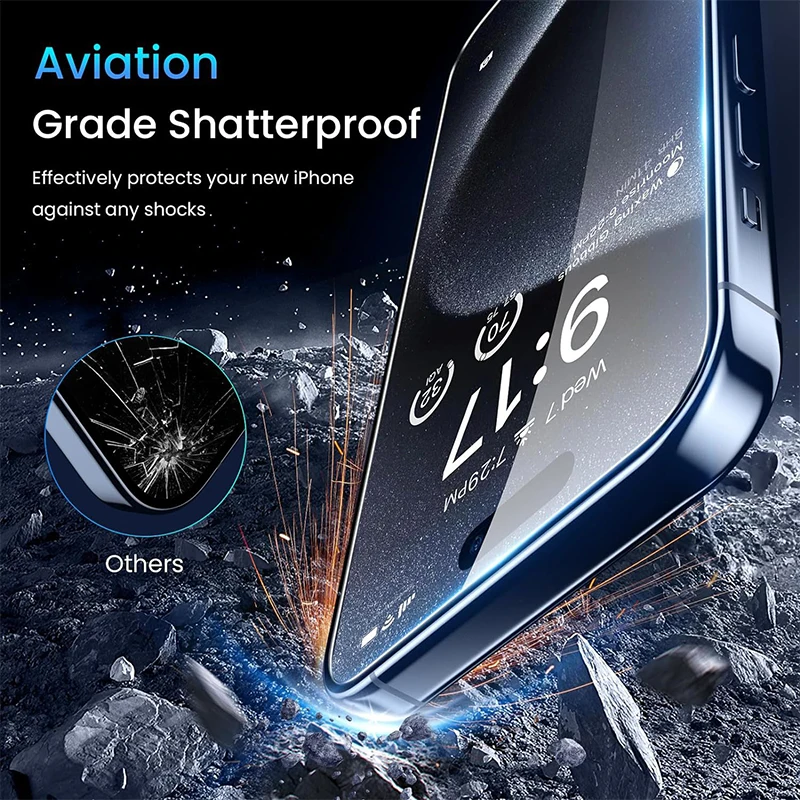
The Psychological Aspect of Using Screen Protectors
Confidence in Device Care
The use of screen protectors can instill a sense of confidence in users, knowing they are taking steps to protect their devices. This psychological aspect can lead to more cautious handling of devices, reducing the likelihood of accidents and scratches. Understanding the protective role of screen protectors can enhance user satisfaction and prolong device lifespan.
The Peace of Mind Factor
Many users appreciate the peace of mind that comes with using a screen protector. Knowing that they have an additional layer of protection can alleviate concerns about everyday wear and tear. This peace of mind can influence purchasing decisions, leading consumers to invest in quality protectors that fit their lifestyle and usage patterns.
Debunking Other Common Myths
Screen Protectors Affect Touch Sensitivity
Another myth surrounding screen protectors is that they diminish touch sensitivity. While some low-quality protectors can affect responsiveness, most high-quality tempered glass and premium plastic protectors are designed to maintain or enhance the touch experience. Users should prioritize choosing reputable brands known for their sensitivity-preserving designs.
Screen Protectors Are Unnecessary
Some users believe that modern devices are built to withstand scratches and impacts without the need for additional protection. While devices may incorporate durable materials, this does not eliminate the risk of scratches or cracks from daily use. Screen protectors offer an added layer of security that can help prevent costly repairs or replacements.
Conclusion: The Real Value of Screen Protectors
In conclusion, while screen protectors do not hide existing scratches, they serve a critical role in preventing new damage and maintaining the overall appearance of devices. Understanding the myths and realities surrounding screen protectors empowers consumers to make informed decisions about their purchases. Investing in a quality screen protector not only enhances device longevity but also contributes to a positive user experience, ensuring that devices remain functional and visually appealing over time.
